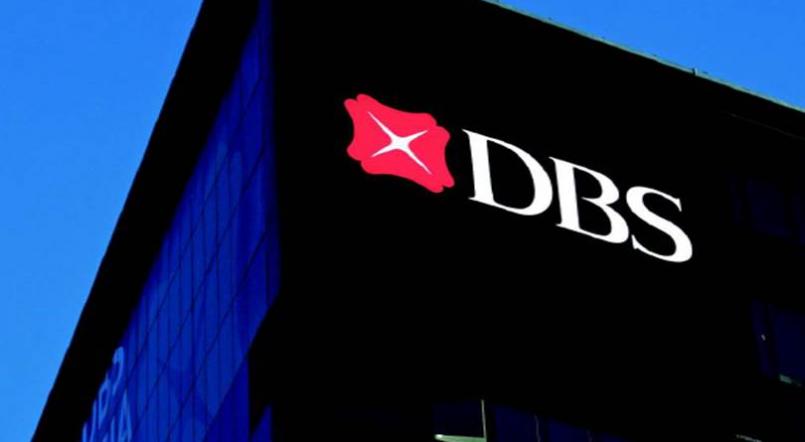The Need for Strong Leadership
Since its establishment in 1968, to take over the role of financing Singapore’s industrial growth from the Singapore Economic Development Board, DBS Bank has been a key driver of Singapore’s rapid and dynamic economic progress.
This year, the bank turns 45, and continues to power forward as Singapore’s leading bank. Since its establishment, the bank has also evolved to become a premier Asian bank. For DBS to continue to strengthen its franchise in Singapore and in Asia, we need to reinforce the strength of our leadership bench. The need for able leaders to helm the bank is intensified by the current challenging operating environment, where uncertain economic conditions and keen global competition make clear strategies for stable and sustained growth necessary.
One of DBS CEO Piyush Gupta’s strategies to ensure stability in the bank’s direction has been to ensure leadership continuity in the bank. Gupta has put measures in place to develop a pipeline of leaders to ensure that the next generation of C-level executives, including the next CEO, will be groomed internally.
Commitment to Leadership
“The market values leadership continuity, and so do we,” remarked Gupta. “I have made it my priority, and the priority of my management team, to identify our most promising talent, and provide them with the opportunities to lead and broaden their experiences.”
Gupta has put measures in place to develop a pipeline of leaders to ensure that the next generation of C-level executives, including the next CEO, will be groomed internally.
Gupta has worked closely with the Board of Directors, his senior team and HR to set the standards for leadership talent and to provide processes to evaluate the health of this talent pool. These standards and processes are probably not too dissimilar from those of many other companies. Yet, the real difference could be the deep commitment that our senior leaders display to drive our talent development agenda. This commitment is demonstrated in the following four ways.
- Having dedicated stock-taking of talent inventory: In addition to quarterly business reviews and an annual management committee talent review, Gupta sits down with each of his 18 direct reports to discuss their people plans and “talent inventories” for the year. This includes the succession plans of all key business, support and country head positions, as well as the development of talent pipelines. This process directly links DBS’s business strategy to the bank’s overall people agenda.
- Taking calculated risks: When leadership positions open up, Gupta and the management team review succession plans and all relevant high-potential talent. The team looks for suitable internal candidates to fill critical positions. One obvious objective is to find the best candidate to drive our business growth. The other purpose however is to help “round out” critical experiences for high-potential leaders who will subsequently take on substantially larger roles in the future.
DBS has not shied away from taking the calculated risks of stretching our most promising talent. For example, when the head of Consumer Banking in DBS Hong Kong left the organisation, a high-potential candidate from Singapore relocated to Hong Kong to take up the role. Taking such calculated risks allows us to stretch our high-potentials, and develop talent for even bigger roles.
- Starting early: Building a robust leadership pipeline takes many years. DBS works hard to attract the very best graduates from the top universities across the region. These graduates embark on a two-year management associate programme upon joining DBS. We train them in the fundamentals of banking, and rotate them through assignments, including front-, mid- and back-office positions. These rotations are designed to provide our brightest talent with broad exposure, and help them think holistically about our business.
- Exposure to senior management: DBS believes in what we call the “Triple E” approach of leadership development. The three “Es” include: Experience (assignments, rotations and assignment to task forces), Exposure (mentoring, observing and networking), and Education (in-class development). In our experience, high-potentials make the greatest leaps in development when they take on challenging leadership roles. This is especially true when they are also provided with exposure to senior management. “The development of our future leaders is not simply a HR initiative", said Jeanette Wong, Head of the Institutional Banking Group, “it is also a conscious process whereby all our senior leaders take an active role in growing and nurturing talent.”
DBS is also experimenting with the use of case studies as a method for developing leaders. While we engage partners like the Human Capital Leadership Institute to help write the cases, it is the senior business leaders themselves that impart key learnings from these case studies to our future leaders. Using the case methodology, we ask our high-potentials to think through our business challenges, and generate ideas to drive our strategy forward.
These are “live” cases that deal with current challenges and issues, and they serve as a great way to get the broader organisation aligned on most of the bank’s critical priorities.We are still in the early days, but signs of progress are strongly evident. In the last 18 months, DBS has changed or expanded the roles of over 30 high-potential leaders – a move which has provided the future leaders of the bank with new and critical experiences that will prepare them to helm the bank. This has helped us strengthen our leadership pipeline. Today, we have a large pool of leaders throughout the organisation who can bring DBS forward and entrench our position as the Asian bank of choice.
This article was first published in the print version of HQ Asia, Issue 7.


